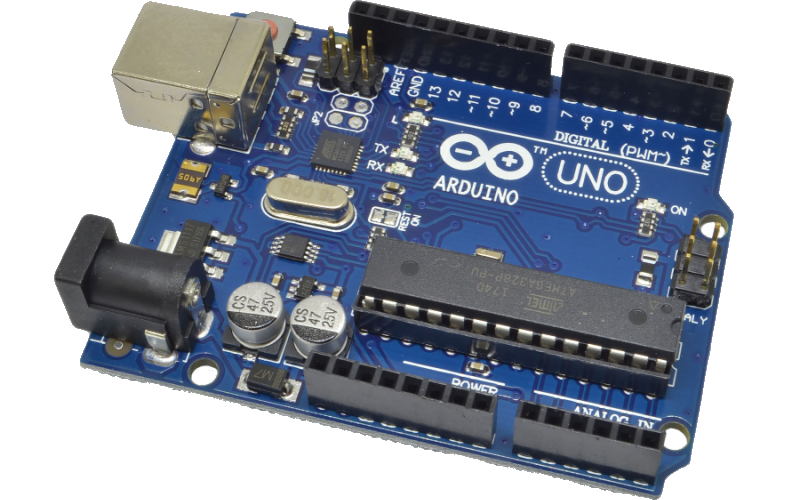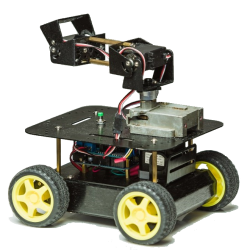Using and controlling servos with an Arduino controller
Using and controlling servos with an Arduino controller
Servo drives are the basic and simplest equipment that can be used to control the simplest things - for example, opening a gate, switch, valve, turning a lid or door. Due to the presence of feedback in the servo drive, there is no need to install additional position sensors, make sure not to go beyond the permissible angle of rotation, etc.
#1: Connecting the servo drive to Arduino

Article-series: Programming Arduino from scratch #4
Let's explore the possibility of performing basic actions using a physical controller instead of a computer screen. We'll take a closer look at servo drives, learn how to connect them to an Arduino controller, and review the fundamentals of control using the standard Servo library.
#2: Independent control of multiple servos. Timers

Article-series: Programming Arduino from scratch #5
We have learned how to change the position of the servo, but this control has several disadvantages. Let's try to connect two servos in parallel and achieve their synchronous movement. Let's try using timers instead of the delay() function.
#3: Creating a class to control a servo drive

Article-series: Programming Arduino from scratch #6
Connecting one or two servos may not be challenging. However, if you need to use a lot more of them, it is advisable to create your own class for a servo drive. This way, you can register all the necessary variables and functions once, which will simplify the process.
#4: Software limitation of servo movement

Sometimes, a servo drive may not be able to rotate to a specific angle due to certain limitations such as a manipulator being attached to it which may rest against the body, or a hinge having a small possible angle of rotation. To avoid any issues, it is recommended to limit the movement programmatically beforehand.
#5: Moving speed regulation, servo control class

We expand the functionality of the class for controlling a servo drive - we add the ability to regulate the speed of movement of the servo drive
#6: Creating your own servo control library

We have developed a class for managing a servo. However, if we wish to use it in multiple projects, we will have to duplicate the same code for each project. Therefore, it would be practical to extract all the repetitive code into a distinct library, which we can link in the same manner as the standard Arduino libraries.

 Books
Books Technology
Technology Electronics
Electronics Programming
Programming Weaponry
Weaponry Arduino
Arduino Projects
Projects